|
One of my favorite things to do is listen and watch my 3-year old son independently play.
It’s so cute to see the way their minds work and all the imaginative scenarios they act out. The other day he was using his play mat to build a castle and racing his cars through it. He was so proud to show off what he was doing too. It melted my heart. But how did we get there? Let’s explore some key ideas of how to foster independent play for toddlers before we arrive at the best open ended toys.
Lauren Barrett Writes is a participant in the Amazon Services LLC Associates Program, an affiliate advertising program. As an Amazon Associate, I earn from qualifying purchases. Read more about these links in my disclosure policy.
|
|
|
These magnetic shapes promote mental growth in kids while learning core STEM concepts and developing critical thinking skills. What I like about these tiles is that they are not easy but the end results are satisfying. They build resilience. |
2. Building blocks
|
|
Research has shown that block play supports the development of social skills, abstract thinking, creativity, mathematical thinking, and literacy.
My son can not only learn the ABCs and words that begin with each letter with his blocks, but he can use them to build structures, ramps, and towers. |
3. Toy vehicles
|
|
Toy vehicles enhance cognitive thinking such as basic physics and math. They support motor skills and interactive play.
My son has a bucket full of toy cars, trains, and trucks that get hours of play every day. |
4. Pretend People
|
|
Pretend people (action figures, dolls, magnetic people, wooden people, plastic people) boosts creative play, inclusivity, and storytelling.
We use our pretend people to act out all kinds of real life situations. When buying fake people, it’s important to include a diverse set of races, abilities, and ethnicities, and genders. |
5. Pretend food/kitchen
|
|
Pretend food and kitchens help with language development and motor skills.
My son has used his kitchen and food to play restaurant and call the “cook man” to order take out. |
6. Dress up clothes
|
|
Dressing up is a form of imaginative play. It encourages creative thinking and communication skills.
Have a little box or bin where kids can freely pull out dress up clothes whenever they want. |
7. Kits
|
|
In addition to the dress up clothes, have pretend kits on hands. For example, doctor play kits, tool kits, hair salon kits, etc.
In the same way, play kits encourage creative thinking and communication skills. |
8. Puzzles
|
|
Puzzles are great for hand-eye coordination and fine motor skills. They also work on building self-esteem and problem-solving.
We have a few puzzles related to our son’s interests that he enjoys. |
9. Easel or chalkboard
|
|
Every kid needs a large space where they can create. We have a double sided easel/chalkboard and it’s been the canvas for menus for restaurants, tic-tac-toe games, drawings, the letter of the day, and so much more.
|
10. Floor mats
|
|
I love floor mats for kids. We have one of a town. It opens the door for imagination. My son has raced cars on it and has used his building blocks to add to the city houses, hospitals, schools, and fire stations.
|
11. Stacking cups
|
|
Stacking cups or blocks help develop fine motor skills and explore concepts like early math, geometry, problem-solving, and cause and effect.
The stacking cups and blocks have also been used to build ramps and bridges. They have served as bedrooms and living rooms to houses and a jail to a robber. |
12. Tents, forts, tunnels, houses
|
|
I would spend hours as a kid with my friends building a whole system of houses, tents, tunnels, and forts throughout our basement. We reenacted many different scenarios while playing in those houses, letting our imagination run wild.
These playhouses, tents, tunnels, and forts let your kids foster their curiosity and creativity. |
13. Play dough or kinetic sand
|
|
Okay, these things can be messy, so make sure you have a designated space for your kids to play with these things, or you’ll be digging play dough and sand out of the carpet for days.
Play dough and kinetic sand are such sensory materials for kids and can be quite calming to play with. I like to add to their playtime experience by getting different tools to be used with each. For play dough, I’ve bought cutting and rolling tools to chop, shape, and flatten the play dough. I’ve also bought cookie cutters, so my son can make different animals in the play dough. For the kinetic sand, you can put it in a long, shallow plastic bin. Add trucks, rocks, sand toys, water, shovels, blocks, etc to make it a whole sensory bin. |
14. Bubbles
|
|
Bubbles are great for the brain. Playing with them helps your kids work on oral motor skills, gross motor skills, cognitive development, eye tracking skills, and joint attention. Read more here.
You can get bubbles where your kids have to blow themselves or those machines that create bubbles and your kids can run and pop them. |
There you have it! 14 open-ended toys to promote independent play for little kids.
But…
We are not finished yet. We still have one more question to ask. Are toys the only thing to use to promote independent play?
No!
What are the best household items used for independent play?
That’s right. Everyday items found around the house work just as well for independent play and often don’t cost a cent.
At first, you can model how you play with these items or give them some ideas if they are struggling.
But really simply setting these items out and letting your kids figure out what to do with them is all you need to do.
I’m going to list 14 of the best items and link some ways to use these items.
At first, you can model how you play with these items or give them some ideas if they are struggling.
But really simply setting these items out and letting your kids figure out what to do with them is all you need to do.
I’m going to list 14 of the best items and link some ways to use these items.
1. Cardboard box
I included activities to do with cardboard boxes but, honestly, you can just set out the cardboard box with some markers and let our kids take the reins.
My son can spend hours doodling all over a broken down box.
2. Markers
3. Mirrors
4. Painters Tape
5. Butcher Paper
6. Kitchen Items
7. Pom Poms
8. Dirt
9. Old Clothes from Your Closet
10. Blankets
11. Toilet Paper Tubes
12. Flashlights
13. Plastic Cups
14. Laundry Baskets
Again, I gave you some activities to do with your kids if that is something you like doing.
But, all you NEED to do is set out these items and give your kids access to them. You DO NOT need to or should even show them how to play with these items every single time.
Remember kids learn best through play when there isn’t an adult guiding them on what to do.
To me that is a big sigh of relief.
Happy playing
For your kids, not you, Mama! You get a break :-)
Check out my parenting guide, Now What?, for more help in promoting independent play.
But, all you NEED to do is set out these items and give your kids access to them. You DO NOT need to or should even show them how to play with these items every single time.
Remember kids learn best through play when there isn’t an adult guiding them on what to do.
To me that is a big sigh of relief.
Happy playing
For your kids, not you, Mama! You get a break :-)
Check out my parenting guide, Now What?, for more help in promoting independent play.
|
Lauren Barrett is a multi-passionate mom working to help all parents become their best selves and build positive relationships with their kids through mindful parenting. She has a degree in deaf education and a Master’s in Reading Education. She is a high school teacher of the Deaf and hard-of-hearing by day, a cross country coach by the afternoon, a writer/author by her son's nap times, and a full time mom to an amazing toddler. Lauren is a 2x author of the Add One-A-Day 30 Day Challenge and children's book, Henry's Hiccups, a blogger at Lauren Barrett Writes, and has been published on sites like A Fine Parent, Pregnant Chicken, Pop Sugar, Her View From Home, and Scary Mommy. She loves her faith, running, visiting MLB stadiums with her husband, chocolate, scrapbooking, pretending she would actually do well on the Amazing Race, re-watching The Office, listening to Bobby Bones, and helping out all moms. She lives in North Carolina with her husband, James, and son, Henry. Follow her on Instagram and get her free parenting checklists.
|
0 Comments
Leave a Reply.
|
|
|
|
Categories
All
Add One A Day 30 Day Challenge
Add One-A-Day 30 Day Challenge
Baby
Blogging
Life
Marriage
Mom
Parenting
Positive Parenting Discipline
Pregnancy
Raleigh
Running
Social Justice
Teacher
Toddler Eating
Travel
Vocabulary
Wedding
Writing
Proudly powered by Weebly


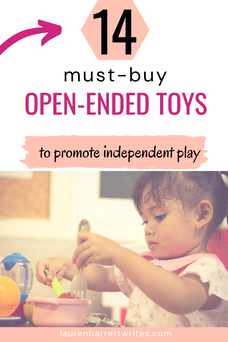
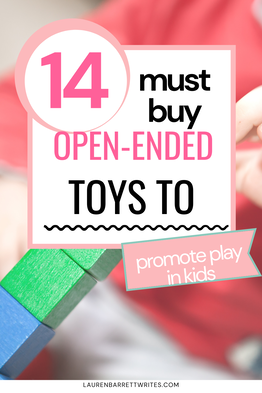
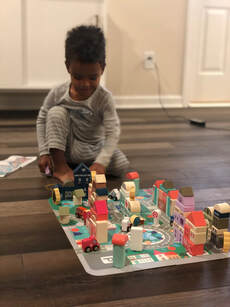
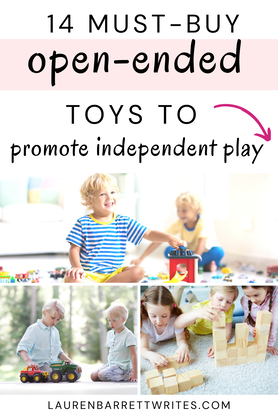
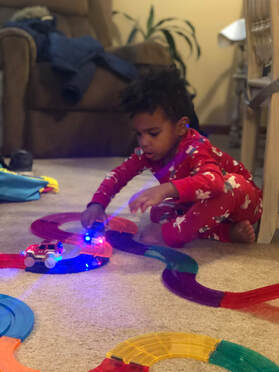
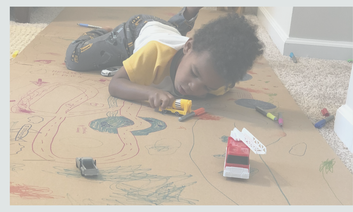
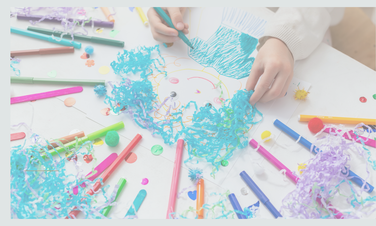
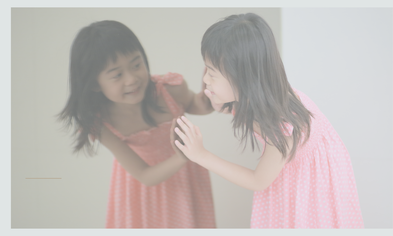
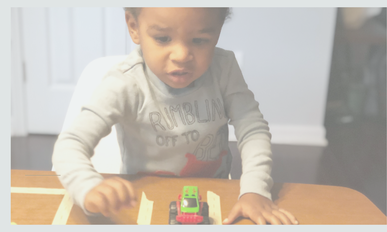
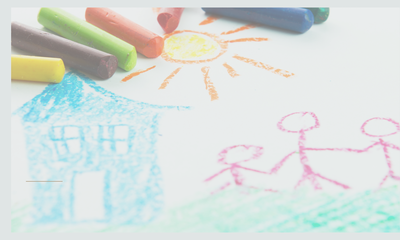
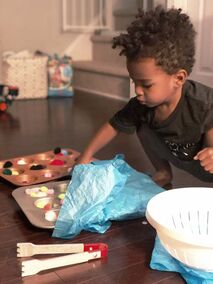
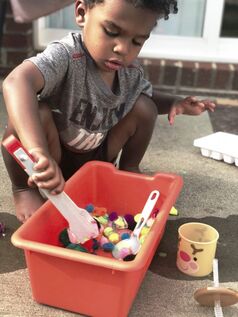
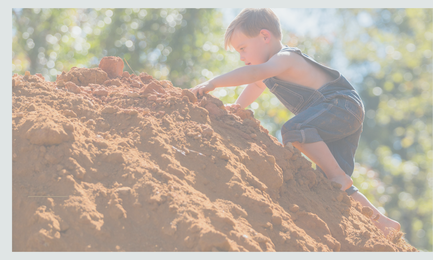

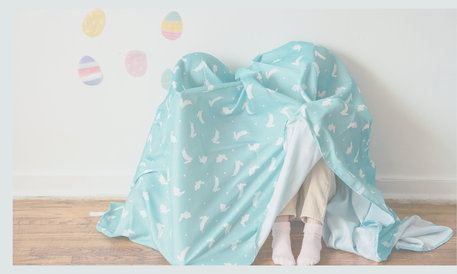

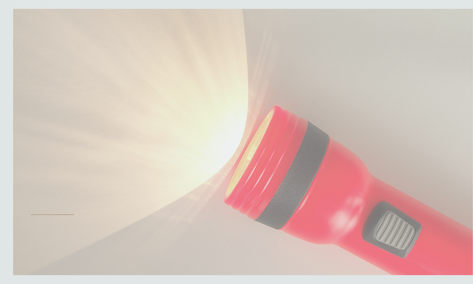
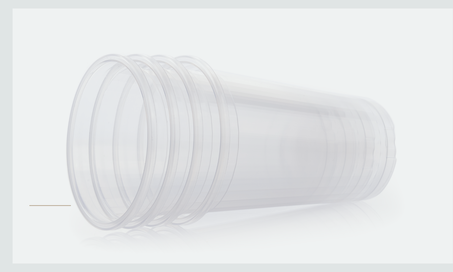
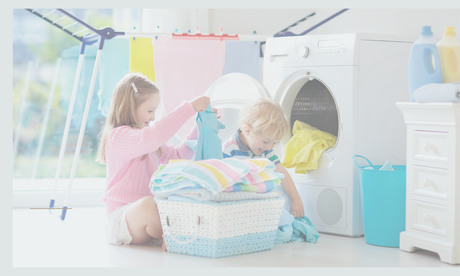
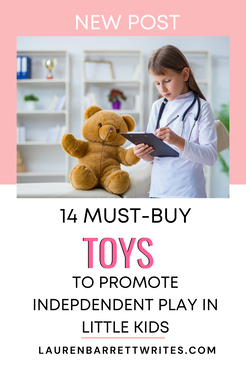

 RSS Feed
RSS Feed